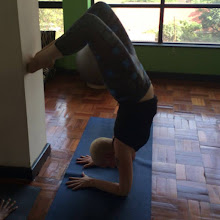In a Refinery article I posted on Facebook yesterday, a checked fabric was described as 'Buffalo Plaid', and Kui L Irungu pointed out that it was Maasai fabric. Or is it? When did the Maasai start wearing what is identified as a quintessentially Maasai fabric? Does anyone know?
Not that many obvious answers on the internet. Since the Maasai are pastoralists, I don't think they would have engaged in fabric production, which is not to say that the shuka itself, made from other materials, but in distinct colours and patterns, isn't a Maasai item.
This link describes the origins of the textile trade from South East Asia, which is also a fascinating tale of globalisation and colonialism. Two pointers in it: the use of black-blue and red, based on the available natural dyes, in Madagascar, and the fact that fabrics were used as a means of payment in the slave trade. There is a mention of West Africans becoming particularly fond of red and blue checked cottons known as 'Guinea Cloth' in the 18th century.
P. 15 has a para on the Maasai, referring to the end of the 20th century: 'The Maasai continue to affect distinctive dress while rejecting both Islam and Christianity. Their tourist paintings show them invariably clad in single red woollen blankets originally imported from England, although they now drape themselves in an average of four lengths of thick striped or checked cotton, called shuka, which is produced locally for sale to both the Maasai and tourists.'
If you have any useful information or links, please comment!
Subscribe to:
Post Comments (Atom)




No comments:
Post a Comment